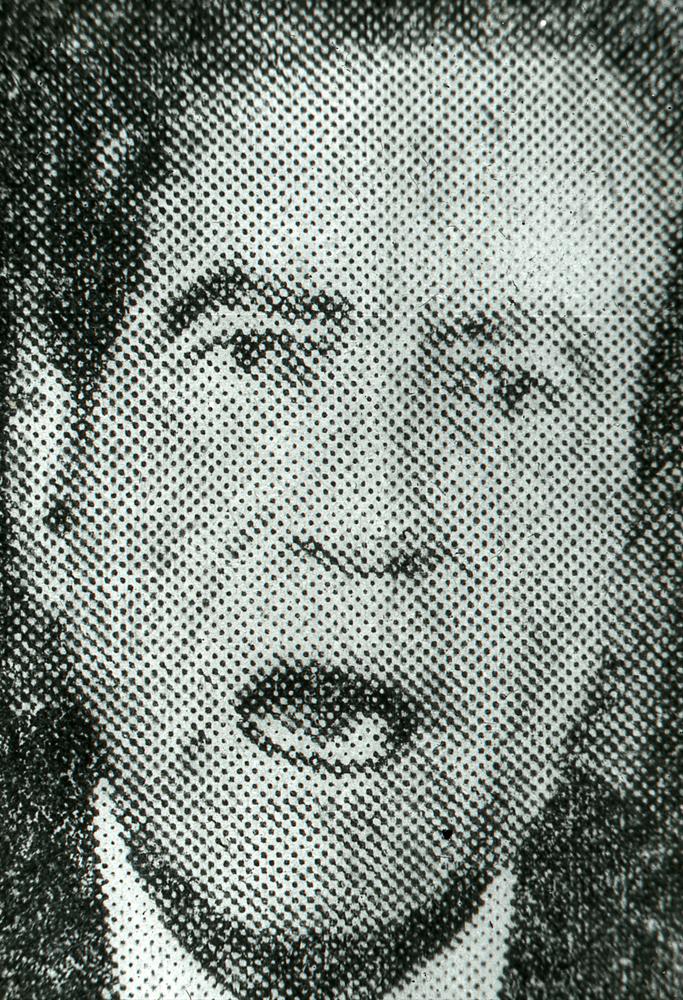
This Could Happen To You: Ikon in the 1970s
This Could Happen To You: Ikon in the 1970s
Ikon presented the second chapter in its history; a survey of the artistic programme from 1970 to 1978. This followed the 2004 exhibition Some of the best things in life happen accidentally: the beginning of Ikon. Works by thirty-two artists were displayed throughout the galleries, supplemented by installations at Ikon Eastside and the Pallasades Shopping Centre.
In 1968 Ikon moved from an octagonal glass kiosk in Birmingham’s Bullring shopping centre to a larger, basement location in Swallow Street. Four years later Ikon had another new home, a shop unit in the West Court of the Birmingham Shopping Centre (now Pallasades) where it enjoyed a dramatic increase in visitor numbers.
Birmingham in the 1970s was lively with student sit-ins, strikes, counter-culture collectives and popular demonstrations. It was within this context that Ikon developed from an artist-run space, showing works by founder artists and their acquaintances, to an established organisation with a national level of engagement. Director Simon Chapman (1972–7), Deputy Jeanette Koch (1970–5) and Curator/Deputy Richard Stokes (1975–9) created a programme of exhibitions and events that reflected distinct artistic tastes informed by issues that preoccupied the mainstream art world.
Political commitment was important to many artists of the time who felt that current crises in Vietnam and Northern Ireland could not be ignored, exemplified at Ikon by Stuart Brisley’s performance You Know It Makes Sense (with reference to allegations made against the British Army in Ulster concerning torture) (1972). Other artists were making work to further the causes of feminism and gay rights, and in protest against race and class discrimination.
Urban life was a rich seam of subject matter. David Hepher’s paintings such as The Newly Decorated Doors of No.21 and No.23 (1973) are a deadpan response to the house-proud lifestyles of those living in ubiquitous Victorian terrace houses. Tim Mara’s vivid silk-screen prints depict interior scenes, providing intriguing insights into the psychology, values and aspirations of the occupants.
At this time painting was becoming increasingly polarised between realism and abstraction. The latter was represented at Ikon with major exhibitions by Peter Sedgley, Jeremy Moon, Barrie Cook and John Walker. In contrast, much of the figurative painting shown was derived from photographic imagery. John Salt, the first artist to exhibit at the gallery’s original premises (1965), had come round to a very pure photo-realism – American cars in mid-west landscapes – by the time of his second outing at Ikon ten years later. Brendan Neiland’s paintings of reflections in the smooth finishes of car bonnets are ingenious, beautiful distorted views of everyday life.
A catalogue accompanied the exhibition, priced £14.95.
Related

IKON GALLERY
1 Oozells Square, Brindleyplace
Birmingham, B1 2HS
GALLERY: +44 (0)121 248 0708
SHOP: +44 (0)121 248 0708
Ikon is supported using public funding by the National Lottery through Arts Council England.
Copyright © 2025 IKON. All rights reserved. Registered charity no. 528892